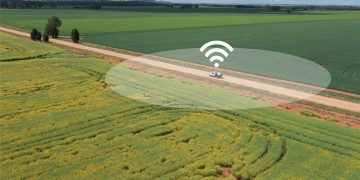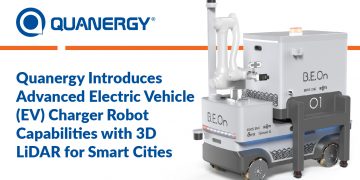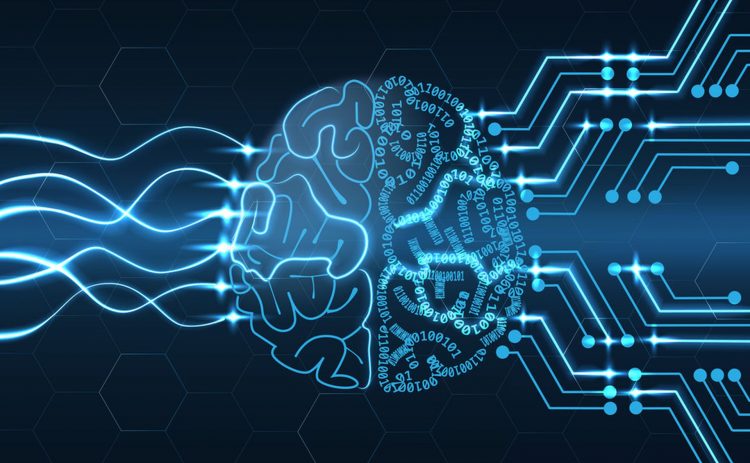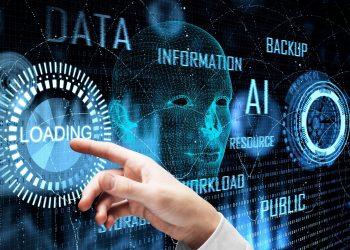A new study shows that it’s possible to integrate autonomous cars with cars that are already on the roads.
This would be possible through a combination of sensor fusion, machine learning and machine vision.
Few years back, Researchers from the University of Utah and Arizona State University created a model of a vehicle that can integrate with an on-board camera and other sensors.
The system then analyses the data provided by the vehicle and produces a 3D image of the environment around it. The system can identify obstacles, pedestrians and other cars.
Though the system could detect obstacles, it was unable to predict the location of the car because it had only seen the car in the past.
The researchers were able to improve on this, however, and were able to use machine learning algorithms to identify the car’s location.
While the system was able to walk around the environment and locate the car, it was unable to determine the car’s direction.
Later, researchers were able to correct this by recognizing the car’s speed and direction and then using machine learning to adjust the model.
In 2020 and we can see that companies like Tesla are successfully testing this system with all the previous considerations and hopefully in future we will see a fully authorized car on the streets.
In the future, we hope to build a more capable model that can help autonomous cars better navigate the world around them.
The system is still in learning stages and requires further development before it can be used on the road.
However, it shows that with the help of AI, these systems are not only possible, but that they can improve on the current state of autonomous vehicle technology.
Here are few ways AI can help us in autonomous vehicles:

Car automation with AI for assisting drivers is possible if the driver is fully engaged and driving in a way that maximizes the benefits of autonomous operation.
For driverless cars to be safe and efficient, it is important for them to be connected to the road and to other cars in a safe and efficient manner. In other words, if a driverless car does not have access to data about the traffic, weather, road and other conditions, it is not going to be able to perform as well as a human driver.
To make the best use of the road, a driverless car must be able to safely compute and analyse its environment.
This is especially true for cars in congested areas with multiple vehicles that are trying to get from point A to point B within a reasonable period.
If the car is not connected to the road, it is going to be less efficient and will spend more time on the road. It will also have a far higher crash rate.
There are many ways to connect a driverless car to the road, including:
- Equalization of the vehicle’s weight
- Equalization of the vehicle’s speed and direction
- Equalization of the vehicle’s fuel consumption, battery charge and range
- Autonomous braking
- Autonomous steering
- Integrated vision and sensor systems
Even video cameras that are located at the front and rear of the car can be used to improve the vehicle’s vision and sensor systems and offer greater safety at intersections and other dangerous situations.
All these considerations are being implied for success in car industry.
Car automation with AI for autonomous cars is possible if some technologies are applied in specific ways, says one of the world’s leading experts on the topic.
It’s extremely difficult to say that we can go out and design a car that can drive itself, but there are a lot of things we can do to make it better.
One of the most promising areas is autonomous driving technology known as LIDAR. This technology uses lasers and mirrors to illuminate the road ahead.
If you need to see where cars are in the next 5 meters, LIDAR is the right technology to do it. Furthermore, it’s not just about looking for the car, it’s about being able to see it.
LIDAR is also used in vehicles that make autonomous driving possible. Some of the most advanced of these are the Google Self-Driving Car, which has been testing its cars on the streets of Mountain View, Calif., for the past two years.
The research that will see cars drive themselves is already in progress. There are lots of companies that are doing work on developing the software that will allow a car to be more autonomous.
We must work together to take advantage of the technologies that are already out there.
The ability to see objects ahead is critical, but it’s also important that the car can communicate its intentions to other cars in a traffic jam.
Self-driving Cars are just going to be reality and AI can help it in a major way, as it has been seen in the automobile industry, which is really in its infancy, but it can be a game changer in the future.
As you can imagine, “self-driving cars” is a great phrase, because it gives you a sense of what the future is going to look like. “Law-abiding citizens” benefits from AI in a major way.
However, we need to think about the things that doesn’t help to make the technology truly self-driving. The first thing that people are going to do is to install self-driving car systems in their cars.
They will probably be looking for a solution that will cost them less than $30,000 and that will be able to drive them from point A to point B.
However, there are many other things that can cause the car to not be able to drive itself. These things can be caused by various aspects of the car like its tires, the way the car drives and the way the car is being driven.
Rather, I would personally wait for big brands to come up with their own self driving cars.
What is digital transformation and how can it help businesses?
 AI can also help in digital transformation.
AI can also help in digital transformation.
“Digital transformation” isn’t just a buzzword. It’s a core principle of service model, and I hope by the time you’re done reading this, you’ll know why it should be a core idea of your organization.
Digital transformation is the process of transitioning your whole business from an old stale platform to a new digitally effective and fantastic design.
Many various things go into this; however, let’s look at how it works for sales and marketing.
Digital Improvement often can bring your sales and marketing from the physical world of calls, fliers, and mailings to the Internet.
These older strategies are still valid. However, they are ending up being much less efficient gradually.
Why is that? E-commerce technologies have reached a point that they’re blowing physical marketing out of the water.
Individuals are still purchasing things more than ever, though, but where are they doing it? They’re buying on the web instead of strolling into a store. Have you heard of “showrooming”?
This is a term that sellers use for people who go to a shop to get experience with a physical product then search for the best price online.
Best Purchase had this happen so much that they have made this part of their organization design, wanting to push people to buy the item in the store through the very best Buy website. (Smart thinking Finest Buy, a method to digitally change instead of continuing to battle it!).
What if you have a service organization instead of a retail service? You’re still in trouble.
Clients aren’t letting their fingers do the walking through the Telephone directory anymore. Instead, they’re turning to Yelp and Angie’s List.
Yelp and sites like it have a significant benefit over older techniques of service advertising. They not just can display more information.
However, they offer social proof of customer evaluations.
Consumer evaluations are a significant force in showing track record in the online world. Today sites like Yelp allow a bachelor’s voice to reach your whole market (at least the ones who check Yelp, 132 million month-to-month visitors in Q1 2014 according to the site) and colour other people’s understanding of you for good or for ill.
We like to call this “digital-mouth” marketing.
Basic Online Existence Is Not Enough.
Perhaps you think you lead the curve. You have a website and some social media existence. Isn’t that enough? Sadly, to state, it isn’t. Many business sites do not have far more details than a standard Yelp page.
A social network is treated more like a signboard than a client interaction platform. Most awful of all, if a visitor wants to transform, they need to go back to things like the telephone or fundamental e-mail to connect with you.
They violate one of my four pillars of digital improvement, the digital hook.
The mobile web has made it so easy to transform visitors that sites shouldn’t be called web sites anymore. Instead, I call them “consumer acquisition engines.”.
The essential shift is that your online presence requires to move from a mere marketing perspective toward both sales and marketing. Not just that, but client data ought to be tracked with time to generate a continuous relationship with an individual visitor, urging them to transform again and again up until they end up being devoted clients.
If you utilize Facebook and do not have an ad blocker on, attempt checking out a few sites or talk about a subject a few times. Notification what ads you get on the sidebar. Many of the time, you’re going to start seeing advertisements that relate to what you saw or talked about.
Technologies like tracking pixels can trace an individual visitor as they come and go from a site. This permits you to push ads about your organization to them on other sites.
Digital Improvement is Vital Now
With reducing retail sales, more people purchasing online, and brand-new sales and marketing tactics smashing competition through the digital space, the old service models can’t compete for much longer.
If this post has sounded a chord of panic in you though, don’t stress because knowledge is power. Get started today and begin the improvement now before you get out-transformed by your competitors!
IOT and digital transformation are a big part of it

IOT has just a question of a few people on one side of a debate; it’s really about the whole of society.
It’s not just about the very few who are driving technology. It’s an issue for the sustainability of our economy and the survival of our planet.
In the past, most people have had a very strong relationship to technology. And we have been extremely dependent on technology. But the question is: how long can we continue to rely on technology?
But technology is changing the way we work. And it will change the way we live.
I think it’s the way we live that is changing. It’s changing our expectations of our lives. It’s changing our expectations of work and about our job. It’s changing people’s expectations of their own future. And that’s what’s going to cause a lot of disruption.
Conclusion: Even if technology including IOT and AI are changing our lives every day, don’t get too involved in it too much as we as a human have the weakness of leaving simple things behind and let everything be handled by automation.
Never forget that it’s humans who created the technology and not vice versa. As long as we are controlling AI it’s better and can be used for human evolution!

for developers and enthusiasts







